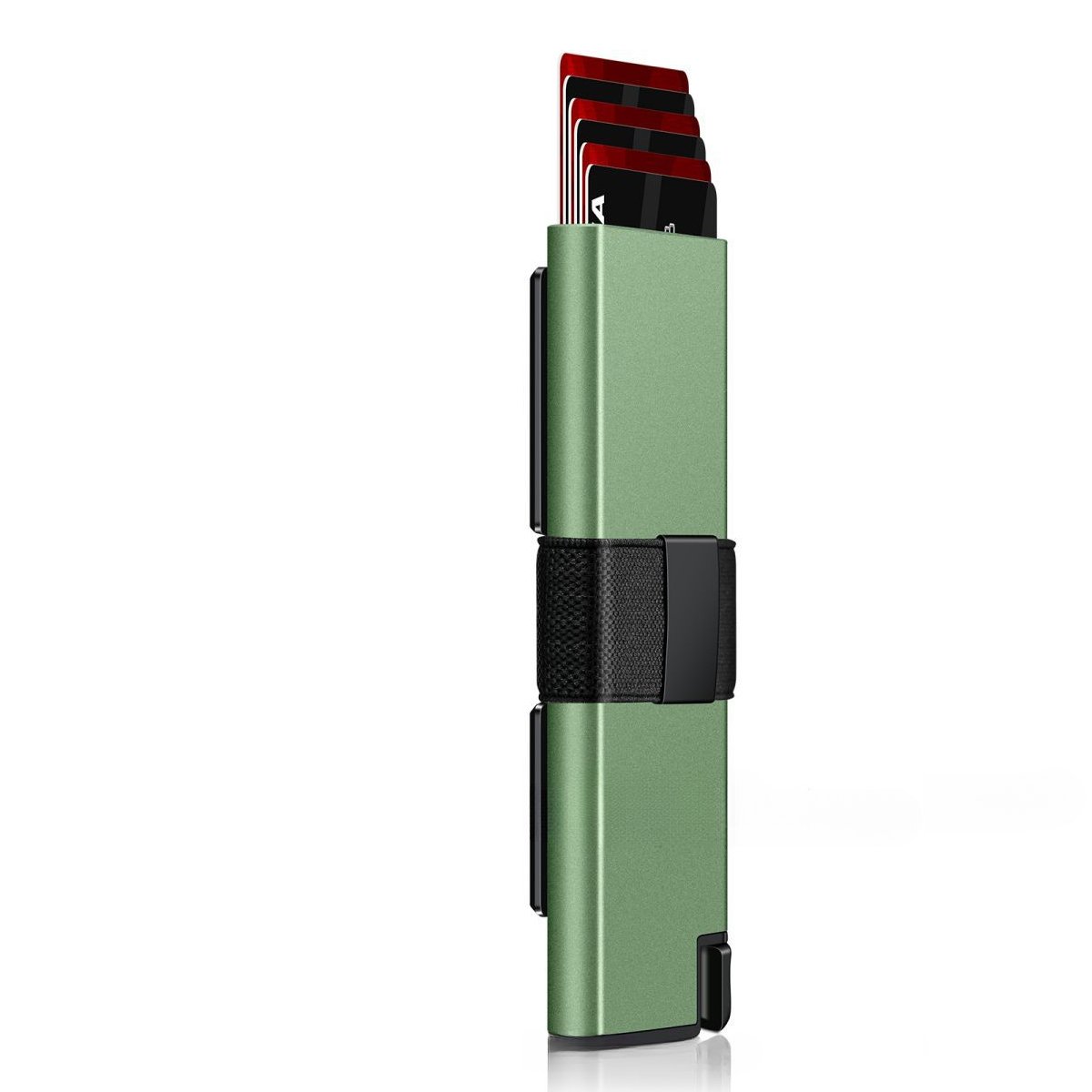In modern industry, metal surface treatment is crucial for material performance and service life. As a core technology, anodic oxidation forms an oxide film on metal surfaces through electrochemical oxidation, significantly enhancing corrosion resistance, wear resistance, and other properties, with wide applications across industries.
I. Process Principle
Anodic oxidation uses metal workpieces as the anode in an electrolyte solution. When energized, metal atoms lose electrons to form ions, which combine with oxygen ions to generate an oxide film. The film consists of two layers: a dense inner barrier layer (preventing current penetration) and a porous outer layer (facilitating subsequent treatments). By adjusting parameters such as electrolyte composition, temperature, and current density, properties like film thickness and porosity can be customized.
II. Core Advantages
- Corrosion Resistance: The oxide film isolates metal from corrosive media, increasing corrosion resistance by multiple times for aluminum components. Ideal for high-corrosion environments like marine and chemical industries.
- Wear Resistance: The film’s hardness exceeds the base metal. For example, anodized aluminum alloy pistons show enhanced surface hardness, prolonging the life of mechanical parts.
- Decorative Properties: The porous structure supports dyeing and electrolytic coloring, enabling textures like matte, mirror, and sandblasted surfaces. Widely used in 3C product casings and architectural decoration.
- Functional Expansion: Embedding conductive/insulating particles creates functional films, such as insulating layers for electronic substrates to improve circuit stability.
III. Application Fields
- Aerospace: Lightweight aluminum alloy components (skins, landing gears) withstand high-altitude vibrations, temperature fluctuations, and corrosive gases, ensuring flight safety.
- Automotive Manufacturing: Anodized wheel hubs resist mud/salt corrosion; engine parts gain improved wear resistance and heat dissipation. Used in new energy vehicle battery casings for safety enhancement.
- Electronics & IT: Metal casings for phones/laptops feature both aesthetics and scratch resistance. Applied in integrated circuits to prepare insulating/conductive layers.
- Architectural Decoration: Aluminum alloy doors/windows/curtain walls offer long-lasting colors and resistance to UV rays and acid rain, reducing maintenance costs.
IV. Development Trends
- Green Processes: Promoting chromium-free/fluoride-free electrolytes and wastewater recycling to minimize pollution.
- Smart Production: Using sensors and big data for real-time process control, improving efficiency and quality consistency.
- Composite Films: Combining with electroplating, spraying, etc., to create multifunctional films with integrated corrosion resistance, conductivity, and optical properties.
- New Materials: Developing specialized processes for titanium/magnesium alloys to expand application boundaries.
The anodic oxidation process, with its multifunctional features and technological innovation, continues to empower high-end manufacturing. It will deepen its development towards green and intelligent directions, driving the upgrading of metal material applications.
